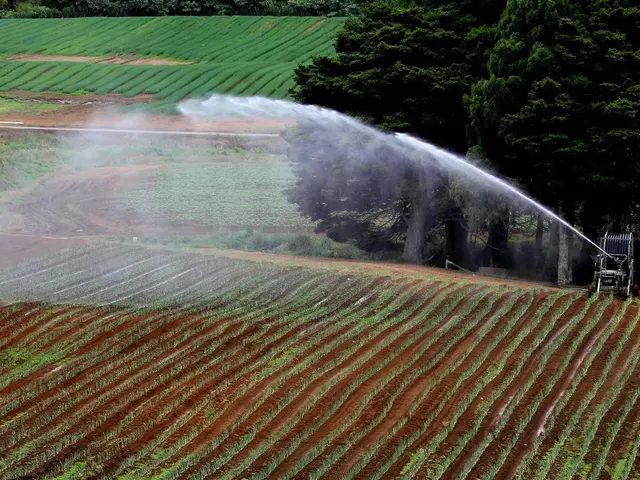IAEA Head affirmations: No additional harm found at Iranian uranium enrichment sites.
In the latest development, the head of the UN nuclear watchdog, Rafael Grossi, provided an update on the condition of Iran's nuclear facilities following recent Israeli military attacks. According to Grossi, there were no signs of significant new damage at the Natanz or Fordow enrichment centers.
Originally, the smallest of Iran's three enrichment plants, a pilot plant located within the sprawling Natanz complex, was thought to have been completely destroyed. However, while there were no signs of physical damage to the larger underground enrichment plant at Natanz, its power source was destroyed, which could have caused operational disruption and potential damage to the centrifuges. No harm was observed at the Fordow plant, built into a mountain.
Grossi reported that the power source at Natanz was destroyed, potentially damaging the uranium enrichment centrifuges present there. Despite this, the extent of the damage remains unclear. At the Isfahan nuclear site, four buildings were damaged, including the central chemical laboratory, a uranium conversion plant, the Tehran reactor fuel production plant, and the UF4 (uranium tetrafluoride) to metal UE processing facility, which was under construction.
It is essential to note that recent Israeli military attacks have caused notable but not definitive damage to Iran's nuclear enrichment facilities. While Iran’s enrichment capacity at Natanz has been temporarily disrupted, its underground facilities and much of its technical know-how remain intact. Experts suggest Iran could restore operations over time.
Israel’s airstrikes on the Fordow enrichment plant, which is robustly constructed underground, may have impacted the facility, but the extent of the damage is unclear. The IAEA has stated that there is no physical breach of the underground cascade halls, suggesting Fordow remains largely shielded from destruction.
The Isfahan nuclear site, another target of the Israeli operation, has also undergone damage. The specific impact on Isfahan’s functionality is unclear, but there is no indication that the attacks have crippled the site’s overall capabilities.
As a whole, Iran still retains much of its technical expertise and infrastructure, especially in highly fortified or underground sites like Fordow and Isfahan. Full dismantling of Iran’s nuclear program would require more sustained and complex operations. The IAEA has emphasized that there is no current radiation risk following the attacks.
Our website provides ongoing coverage of recent events regarding Iran, Israel, and nuclear energy, among other Iran-related news. Stay informed with us!
- In the context of the latest attacks, the IAEA has stressed that there is no breach in the underground cascade halls of Fordow, a nuclear enrichment plant in Iran, indicating the facility remains largely shielded from destruction.
- After the recent Israeli military attacks, experts suggest that Iran could potentially restore the operations at its nuclear enrichment facilities over time, while acknowledging the notable but not definitive damage inflicted.
- The ongoing attacks have caused significant damage to various facilities at the Isfahan nuclear site, including the central chemical laboratory and the UF4 to metal UE processing facility, but the site's overall capabilities do not appear to have been crippled.
- Despite the damage sustained at Iran's nuclear facilities, our website covers a wide range of Iran-related news, including general news, sports, education and self-development, science, medicine, finance, and technology, keeping you updated on the latest developments.







